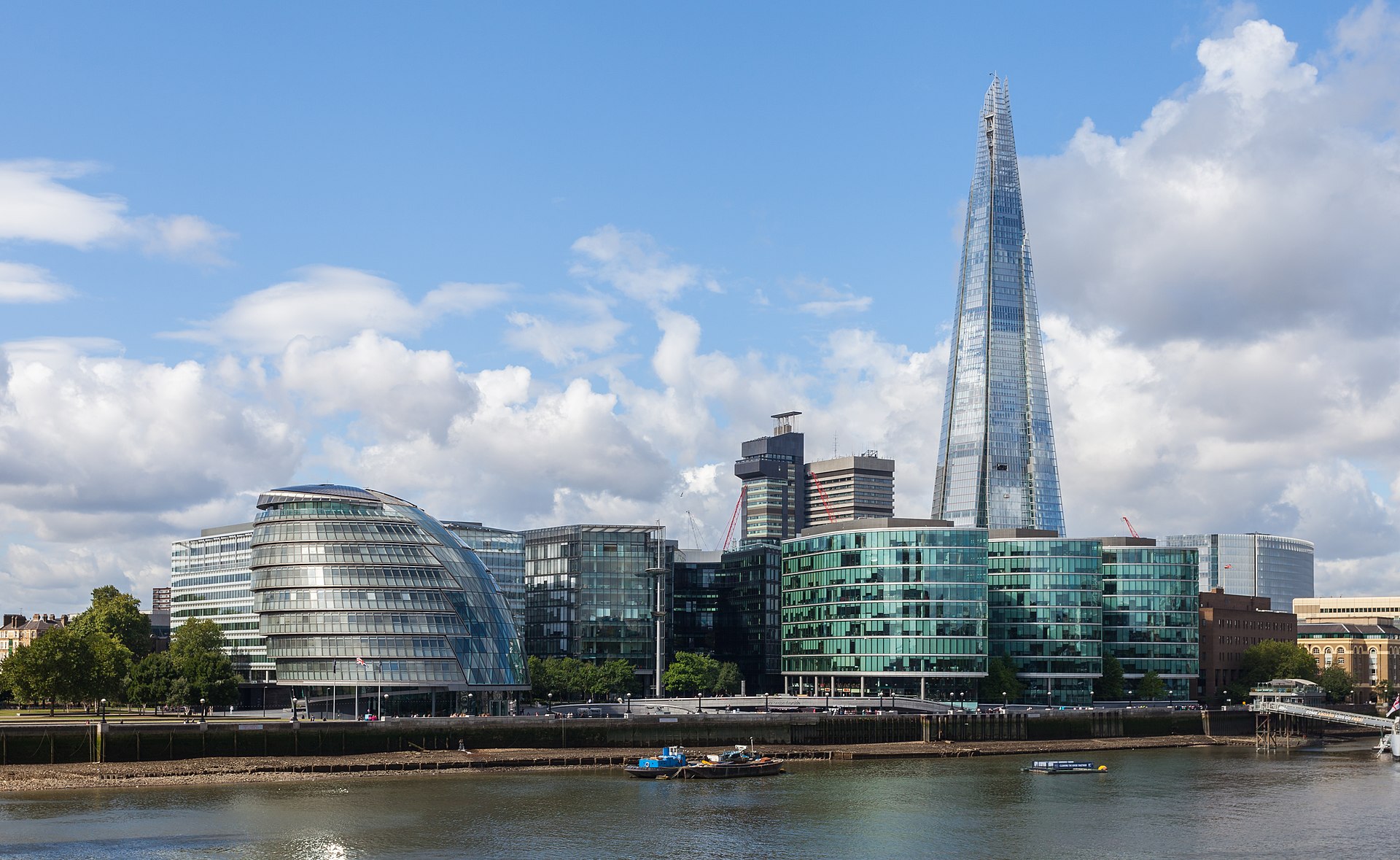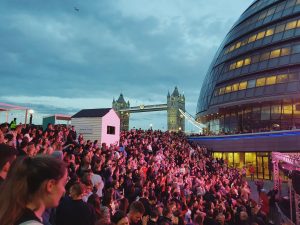The role of the Mayor of London under the devolved system established in 2000 is an essentially strategic one, with its central expression in a London Plan. Sadiq Khan’s ‘new’ version of this plan (the NLP, published for consultation in December 2017), with a distinctive focus on ‘good growth’, has been working its way through an extended ‘Examination in Public’ (EiP) since the New Year, though with barely a trace of it in the press or broadcast media.
The silence on its progress is doubly disappointing, since the issues it addresses are of very considerable importance to Londoners deserving of open and informed debate. Moreover, on some central issues the draft Plan is quite inadequate, digging deeper into an old rut, in ways very likely to involve a mix of bad growth and non-growth. This is not simply our judgement but that of the great majority of active participants (from outside City Hall) in the EiP. And, though a good number of these will not say so, at the root of its deficiencies is this Mayor’s rigid insistence that no alternatives can be considered to a strategy of intensive development of London’s already urbanised areas (inside the Green Belt).
In this respect he is not breaking with tradition. The policy was initially set out in Mayor Livingstone’s original 2004 Plan – and was continued by Mayor Johnson in all versions of his Plan, right up to the so-called FALP of 2015. The policy takes as a given that London can and must accommodate within London’s urban areas the (increasingly) large population projected for the city. In some sense this ‘compact city’ strategy might be said to have succeeded, since the actual growth in resident numbers has substantially exceeded what the city was projected to house. But this has essentially been ‘achieved’ through increasing degrees of crowding of dwellings, since trend rates of growth in the housing stock have barely increased, with new build falling consistently short of the targets of successive Plans.
What is new in Mayor Khan’s Plan is a combination of still higher housing targets, a more rigorous assertion of the need for development not to stray into the Green Belt (whatever boroughs might propose) and the hope that a massive acceleration can somehow be achieved in the rate at which particular types of small sites (mostly in the outer boroughs) can be redeveloped at substantially higher densities.
In our judgement and that of other knowledgeable participants in the EiP (including in particular the Home Builders Federation) that hope is pure fantasy, born of an unwillingness to contemplate more politically challenging alternatives – which could include a strategic review of London’s Green Belt and active engagement with potential partners outside London who face related issues around land supply – as recommended by the Outer London Commission in the run-up to work on this ‘new’ Plan.
Failure to take positive action now puts back, for a further 5-10 years the chances of actually relaxing these long-term constraints on residential land supply across the Wider South East. These restrictions (alongside continuing demand growth) underpin expectations of continuing inflation in land values, and justify deferred development of sites with already recognised ‘capacity’.
In a context where the Mayor and central government (with a similarly narrow focus) both pin their reputations on achieving substantially higher rates of housing delivery – and look to blame each other for their almost certain failure – the adoption of unrealistic targets has other predictably serious negative effects. Two of these have also greatly exercised participants in the EiP:
- that they imply a much reduced likelihood that the good growth goals (of quality, equity and engagement) will get delivered, as pressure to pursue unachievable targets encourages at the least, acceptance of a housing mix which does not relate closely to needs (in terms of size and affordability); increased overcrowding; loss of public space; and inadequate social infrastructure;
- damage to local democracy and boroughs’ capabilities, as they make decisions that are out of line with local capacities and face serious risks of penal action for their failure to meet (what will generally be) quite unattainable targets for housing delivery.
This should be of very wide public and political concern across London – were awareness of the policies and their costs to spread beyond the City Hall chamber in which the EiP is quietly grinding on. The challenge now is to find ways of getting understanding of political issues which are pressingly real, as well as ‘strategic’ out into the public arena in time to influence how (and how seriously) the EiP process, and then the Panel’s report, are received – and addressed.






“The silence on its progress is doubly disappointing, since the issues it addresses are of very considerable importance to Londoners deserving of open and informed debate.”
I’ve asked a number of spatial/housing economists and commentators a very simple question. Why does a 100% tax on land’s rental value drops its selling price to zero?
The answers have been neither open or informed. Would Prof Gordon like to tell me why supposedly impartial academics find this question so hard/toxic, as it is central to understanding housing/land use issues.